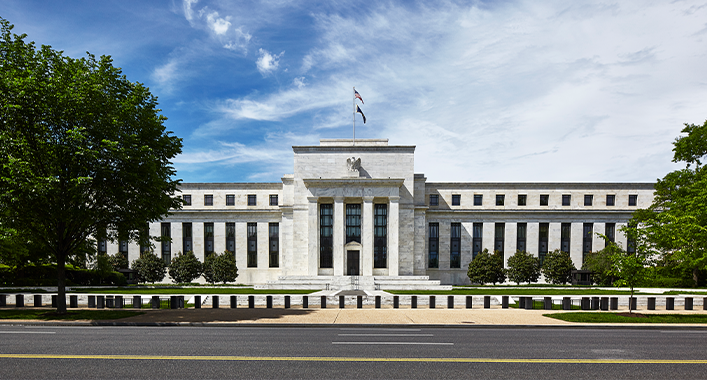Looking ahead to 2025, the macro environment, in theory, sets the stage for a friendly backdrop in emerging markets (EM), especially given widespread disinflation, which should allow most major central banks to significantly ease rates throughout the year.
However, the incoming US administration poses a number of risks. President-elect Trump has made four key economic policy proposals: increasing tariffs (as high as 60% on China versus 10% on the rest of the world), reducing or reversing immigration, decreasing taxes (an extension of the 2017 tax cuts and a reduction in corporate tax are likely), and reducing regulation (mainly in energy and financial industries).
While these policies would present headwinds to EMs, US policy is highly unpredictable and the reality might not be as strong as outlined during the election campaign, especially on tariffs. During Trump's first term in 2016, for example, the focus was initially on fiscal rather than trade policy and if this were to be the case again, it could be more positive than negative for certain EMs. Meanwhile, in the Middle East, both de-escalation and escalation scenarios are possible. A Trump administration is likely to present predominantly bearish risks for oil prices due to trade policies and oil and gas regulations but sanctions on Iran pose upward risks.
Factoring in this uncertainty, we aim to explore the main policy areas within the framework of the factors affecting EM debt markets: (1) the level of interest rates (Fed rates for dollar debt, local rates for local currency debt), (2) the value of the exchange rate and (3) fundamentals within EM.
On the latter, EMs have proven resilient since the previous Trump presidency, enduring two regional wars and a pandemic. External balances are generally strong outside of some frontier markets, while inflation has moderated substantially from 2022 peaks and is generally on a downward trend amid continued restrictive monetary policy stances.
Fiscal indicators are generally the weak spots, but most of the major EMs have lengthened the maturity profile of their debt and are issuing more now in local currency. Many EM countries also have room to ease rates and support growth if needed. China, in particular might deliver more fiscal easing, offsetting some of the headwinds from higher tariffs.






